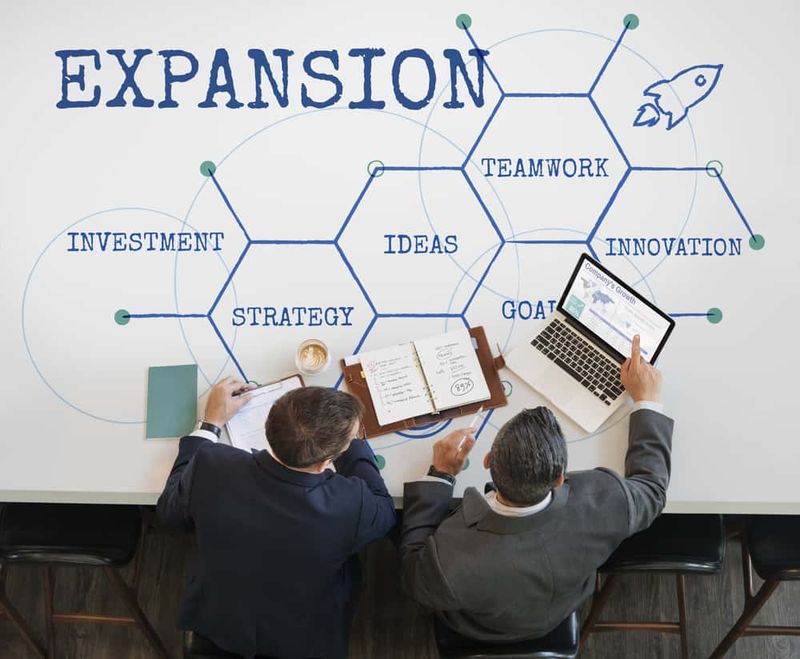
Businesses face relentless pressure to scale quickly, often at the expense of long-term stability. Yet the most enduring companies understand that true growth isn’t about rapid spikes, but about building momentum that lasts. Sustainable expansion balances ambition with resilience, ensuring organizations thrive not just today, but for decades to come.
Michael Shvartsman, an investor who has guided multiple companies through high-growth phases, observes: “Too many businesses confuse speed with progress. Real growth happens when you can maintain it without burning out your team, your finances, or your customers’ trust.”
- The Foundation of Sustainable Growth.
Sustainable growth begins with recognizing that not all revenue is equal. A dollar earned from a loyal, repeat customer carries far more long-term value than a dollar from a one-time sale fueled by heavy discounts. Businesses built to last focus on creating durable relationships rather than chasing transactional wins.
Consider how companies like Patagonia or Costco have grown steadily by standing behind their products and cultivating customer loyalty. Their expansion comes from deepening existing relationships as much as acquiring new ones. This approach creates predictable revenue streams that withstand economic fluctuations.
Michael Shvartsman notes: “The businesses that grow sustainably think in terms of compound interest—small, consistent gains that accumulate over time. They resist the temptation to sacrifice tomorrow’s potential for today’s numbers.”
- Key Principles for Enduring Expansion.
- Customer-Centric Scaling
Sustainable businesses scale their ability to serve, not just their ability to sell. They invest in customer support, product quality, and user experience at the same pace they pursue new markets. This prevents the all-too-common scenario where growth outpaces a company’s capacity to deliver.
- Profit-Aware Growth
Unlike startups burning cash to capture market share, sustainable growers maintain healthy margins throughout expansion. They fund growth primarily through operating profits rather than constant capital raises, retaining control over their destiny.
- Culture as Infrastructure
As teams expand, intentional culture-building becomes as important as operational systems. Companies that articulate and live their values at 50 employees will find those values still guide decision-making at 500.
“Culture is the invisible architecture that determines how well an organization scales,” says Michael Shvartsman. “Neglect it, and growth becomes fragile.”
- The Strategic Patience Advantage
Sustainable growth often appears deceptively slow in its early stages. Businesses taking time to refine their model, build operational muscle, and develop talent may lose short-term buzz to flashier competitors. Yet this patience pays dividends when market conditions shift or capital becomes scarce.
The 2008 financial crisis revealed this starkly, companies that grew thoughtfully survived and often gained market share as overextended competitors faltered. Similar patterns emerged during recent economic uncertainties.
Michael Shvartsman emphasizes: “Sustainable growth isn’t about saying no to opportunities, it’s about saying ‘not yet’ to the wrong ones. The discipline to pace expansion separates companies that last from those that flame out.”
- Balancing Innovation and Optimization
A common growth trap involves focusing solely on what’s new while neglecting what already works. Sustainable businesses allocate resources to both innovation and optimization—developing new offerings while steadily improving core operations.
This balance prevents the stagnation that comes from only optimizing existing products, while avoiding the instability of constant reinvention. The most resilient companies evolve their foundations while exploring adjacencies.
- The Role of Leadership Mindset
Ultimately, sustainable growth stems from leadership perspective. Founders who view their business as a legacy rather than an exit tend to make different decisions—investing in employee development, community relationships, and environmental impact alongside financial metrics.
“The timeline you choose determines the business you build,” Michael Shvartsman reflects. “Leaders who think in decades make fundamentally different choices than those fixated on quarters. Their companies outlast trends because they’re built for permanence.”
- Measuring What Matters
Sustainable businesses track metrics beyond top-line revenue—customer lifetime value, employee retention, product quality indicators. These measures reveal whether growth is strengthening the organization or straining it.
As Michael Shvartsman puts it: “Revenue tells you if you’re growing. Sustainable metrics tell you if you’ll still be growing five years from now.” In an era of instant gratification and hype cycles, sustainable growth remains the quiet path to enduring success. By focusing on fundamentals, pacing expansion, and building for the long term, businesses can achieve scale that lasts creating value that accumulates rather than evaporates when conditions change.

